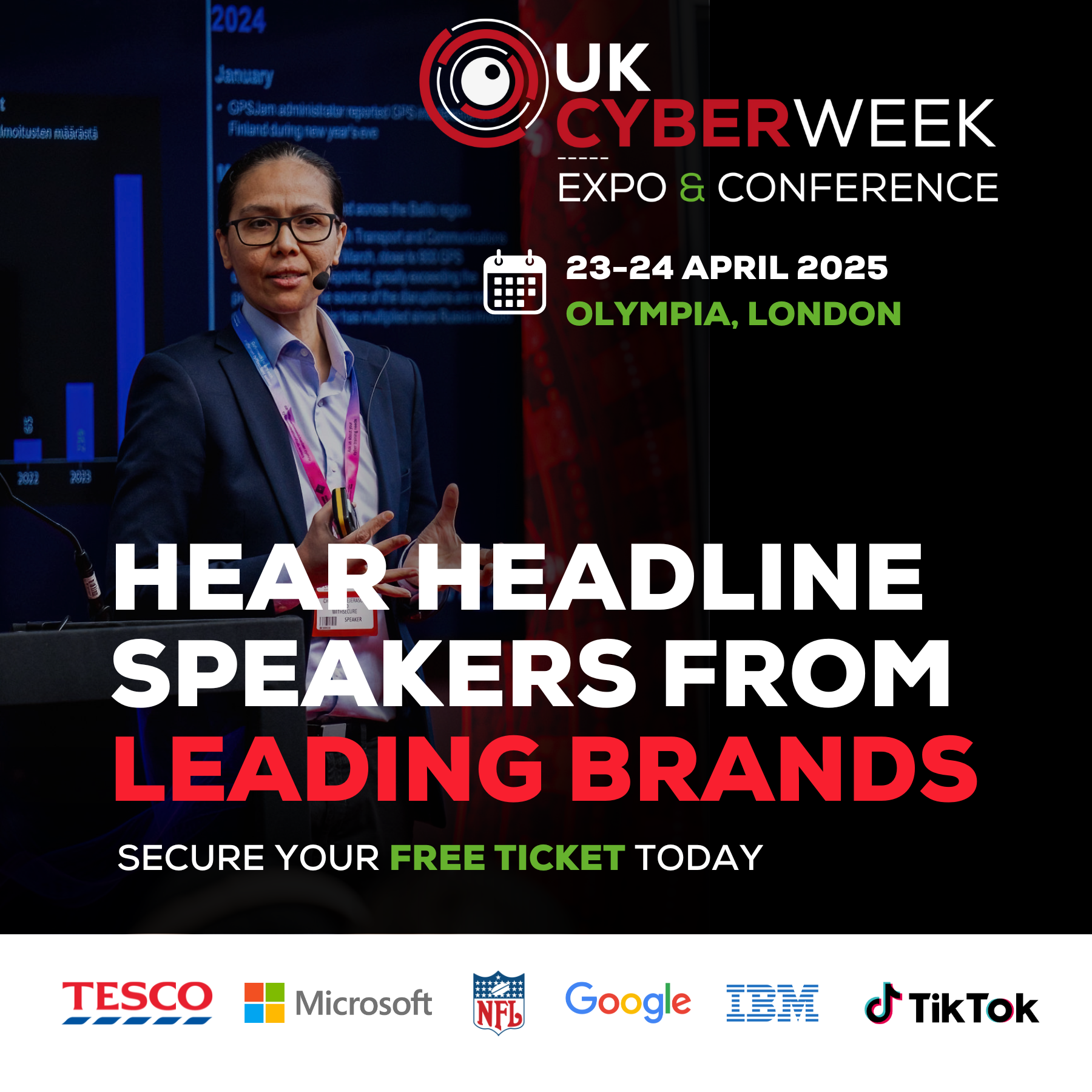The Challenges Faced by SMEs in Pursuing Information Security
)
Let me start by saying this isn’t an article about artificial intelligence (A.I.). I know it’s the hot topic right now, but today, I want to talk about something just as important—maybe even more so for small businesses: the challenges small and medium-sized enterprises (SMEs) face when trying to implement good information security. In a world where cyber threats are constantly evolving, and attackers get smarter by the day, SMEs often find themselves in a tough spot.
The key point I want to make is that a company’s size doesn’t determine its security needs, and not all information is the same. You could have a sole trader handling highly sensitive financial data that needs a higher level of protection than a large manufacturer. On the flip side, the manufacturer might have more economically valuable information. The takeaway here is that there’s no "one-size-fits-all" solution for information security.
1. Limited Financial Resources
One of the first and most obvious challenges SMEs face is money—or the lack of it. Security solutions can be expensive. We’ve all seen those slick presentations where the product looks perfect: tons of features, easy to use, and designed to make your business safer. Then comes the price tag, which is often based on having hundreds of servers or multiple office locations. Leaving smaller businesses hunting for cheaper alternatives. This often leads to open-source tools or lower-cost software, but those solutions might require manual setup and maintenance, which could create new security gaps if not handled properly.
2. Lack of Skilled Personnel
Once you’ve found a budget-friendly solution, the next hurdle is finding someone who knows how to make it work. Information security isn’t just about installing software; it’s a specialised field requiring technical skills and knowledge in areas like risk management and incident response. The reality for most SMEs is that hiring a full-time security expert is just too expensive, especially with the global shortage of cybersecurity professionals. So, these responsibilities tend to fall on the shoulders of the general IT team—or even someone with no IT background—which means your cybersecurity may not be as strong as it should be.
3. Regulatory Compliance
Let’s say you’ve got the tools and someone in-house to manage them. The next hurdle is compliance. Depending on where you’re located and the kind of business you run, you’ve probably heard of GDPR, CCPA, HIPAA, and a whole alphabet soup of other regulations. Each one has its own set of requirements for how you handle data, and the penalties for getting it wrong can be severe. This adds another layer of complexity for SMEs. Staying compliant requires time, resources, and expertise—things many small businesses don’t have in abundance.
4. Evolving Threat Landscape
It’s not just compliance that’s constantly changing. Cyber threats themselves evolve rapidly. New types of attacks pop up all the time, from ransomware to zero-day exploits, and small businesses are increasingly becoming targets. Attackers often assume (correctly) that SMEs don’t have the same defenses as large corporations, making them easier targets. Keeping up with these evolving threats requires staying updated on the latest trends, which is challenging when you're busy just keeping the business running.
5. Third-Party Risks
Most small businesses rely on external vendors for key services—cloud storage, payroll, customer management, and so on. However, these third parties can introduce vulnerabilities. If one of your vendors experiences a breach, it can directly impact your business, even if your internal systems are secure. Vetting the security practices of third-party providers can be difficult, and using lower-cost services often means sacrificing some level of security.
6. The Human Factor
Last but certainly not least are your employees. They can either be your biggest security asset or your weakest link. Well-trained, security-conscious staff can help protect your business from threats like phishing or accidental data leaks. But employees who don’t understand the importance of cybersecurity—or worse, who are disengaged—can unintentionally put your company at risk. That’s why building a strong security culture, where everyone understands their role in keeping the business safe, is so important.
In conclusion, the challenges SMEs face when it comes to information security are tough, but not impossible to overcome. The key is recognizing that your security needs aren’t necessarily smaller just because your company is. You need to identify the most critical areas of your business, prioritise protecting those, and allocate your limited resources accordingly.
While it’s true that SMEs often face tighter financial and staffing constraints, there are still ways to build a solid security framework—starting with investing in the right tools and focusing on employee training. Your people are your biggest asset when it comes to information security, and their engagement is crucial to your success.
So, while there’s no one-size-fits-all solution to cybersecurity, a thoughtful, prioritised approach can help ensure that your business is protected in today’s ever-changing digital landscape.
 Scott Hardy is a seasoned and dedicated Security Professional with over 25 years of technical experience and a deep passion for all aspects of data security. Scott recognises that an organization's most valuable asset is its people, and believing that collaborating with stakeholders and the board is key to achieving shared security goals. His focus is on implementing security measures that not only protect the company but also support streamlined and efficient business workflows.
Scott Hardy is a seasoned and dedicated Security Professional with over 25 years of technical experience and a deep passion for all aspects of data security. Scott recognises that an organization's most valuable asset is its people, and believing that collaborating with stakeholders and the board is key to achieving shared security goals. His focus is on implementing security measures that not only protect the company but also support streamlined and efficient business workflows.
Throughout his career, he has demonstrated expertise as a Chief Information Security Officer (CISO), managing GRC and Information Security Management Systems (ISMS) and leading compliance initiatives for ISO 27001, PCI DSS, SOC 1, SOC 2, and NIST 800-287-based Secure Software Development Life Cycles (SSDLC) . Scott is committed to aligning security strategies with business objectives to foster both security resilience and operational efficiency.


